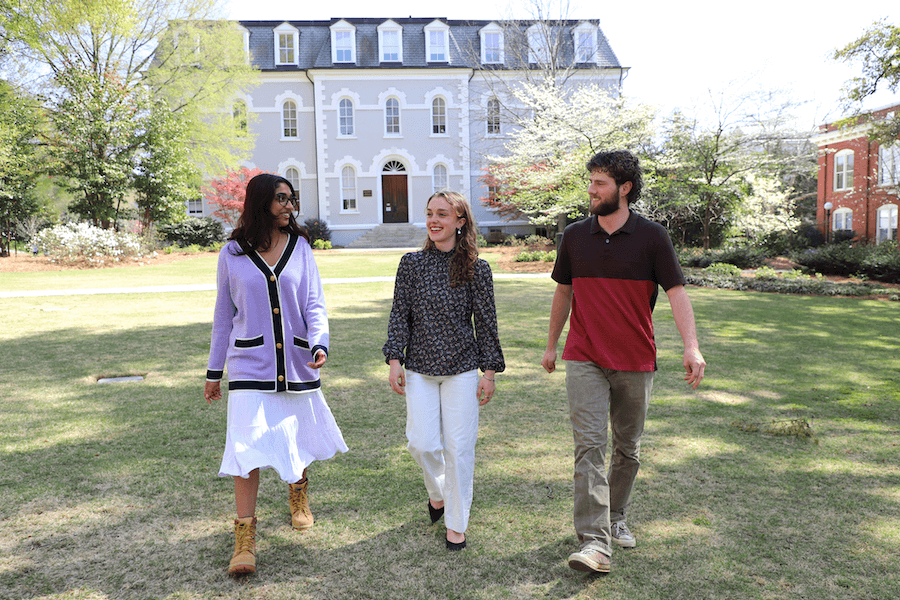|
|
By Darbie Granberry
University of Georgia
You may have seen fields of vegetables that seem to be growing on
strips of plastic. They’re really growing in the soil, just as
they normally do, through small openings in the plastic.
The plastic strips are almost paper thin. They may be as narrow
as 12 inches or as wide as 32, depending on the crop. Plastic
film mulch is very helpful in commercial vegetable production. It:
- Reduces weed problems, because most weed seeds don’t germinate
under black plastic. - Reduces fertilizer leaching by limiting the amount of water
moving through the soil. - Reduces the need for irrigation because it helps hold moisture
in the soil. - Helps protect roots, because there’s no need to hoe or
cultivate near plants. - Results in more vigorous plant growth and higher yields.
- Warms the soil and accelerates maturity so vegetables are
ready to be harvested sooner.
Could you get those same benefits from use of plastic much in
your garden? Absolutely. But before you run out and start buying
plastic, take a closer look. It isn’t a good option for everyone.
Installation. To get the most
benefits from plastic mulch, you have to install it right.
It’s especially important to bury 8 to 10 inches on each side of
the plastic strip under about 6 inches of soil to hold the
plastic in place. Otherwise, the first gusts of wind will blow
your plastic away. That can make your neighbors quite unhappy.
For plastic to effectively warm the soil, it must be the right
type, installed on raised beds and “tight,” so it remains in
close, continuous contact with the soil surface.
A number of good plastic-laying machines are out there for
large-scale production. Unfortunately, the equipment for
gardeners is very limited and costly.
Because of that, gardeners who use plastic may have to install it
by hand. That requires muscle and a lot of stamina. Manual
plastic installation is definitely not for everyone.
Colors. Several colors of plastic
are available. Clear is best for warming the soil. But it doesn’t
keep weed seeds from germinating. Use black plastic in the
spring. It keeps weed seeds from sprouting and warms the soil,
too.
Because black plastic may warm the soil too much during the
summer, white plastic is better then.
Irrigation. Getting enough water
from rainfall or sprinklers to plant roots under the plastic can
be difficult, sometimes impossible. The best solution is to
install drip irrigation hose or tape under the plastic so you can
apply water directly to the soil near the plant rows.
Disposal. A few types of
“degradable” plastic are supposed to self-destruct at the end of
the season. However, because they cost more and sometimes break
down too fast, not many gardeners use them.
After the gardening season is over, nondegradable plastic mulch
must be removed and legally disposed of. Burning is not an
option. Most of the time it goes to the landfill. Removing it can
be quite a chore, and disposing of it is a considerable
inconvenience.
Garden options
After some serious thought, if you feel the benefits of plastic
are worth the extra cost, time and effort, try it.
If you’d rather avoid plastic costs or feel you’re not up to the
hard labor required, don’t feel bad. There’s an excellent
alternative: organic mulch, such as aged pine bark, grass
clippings, straw or hay.
Except for warming the soil, organic much has all the benefits of
plastic film mulch, with a bonus: you don’t need to remove and
dispose of it. Just till it into the soil at the end of the
season and it will help build a better soil for next year’s
garden.
(Darbie Granberry is an Extension Service horticulturist with
the University of Georgia College of Agricultural and
Environmental Sciences.)



